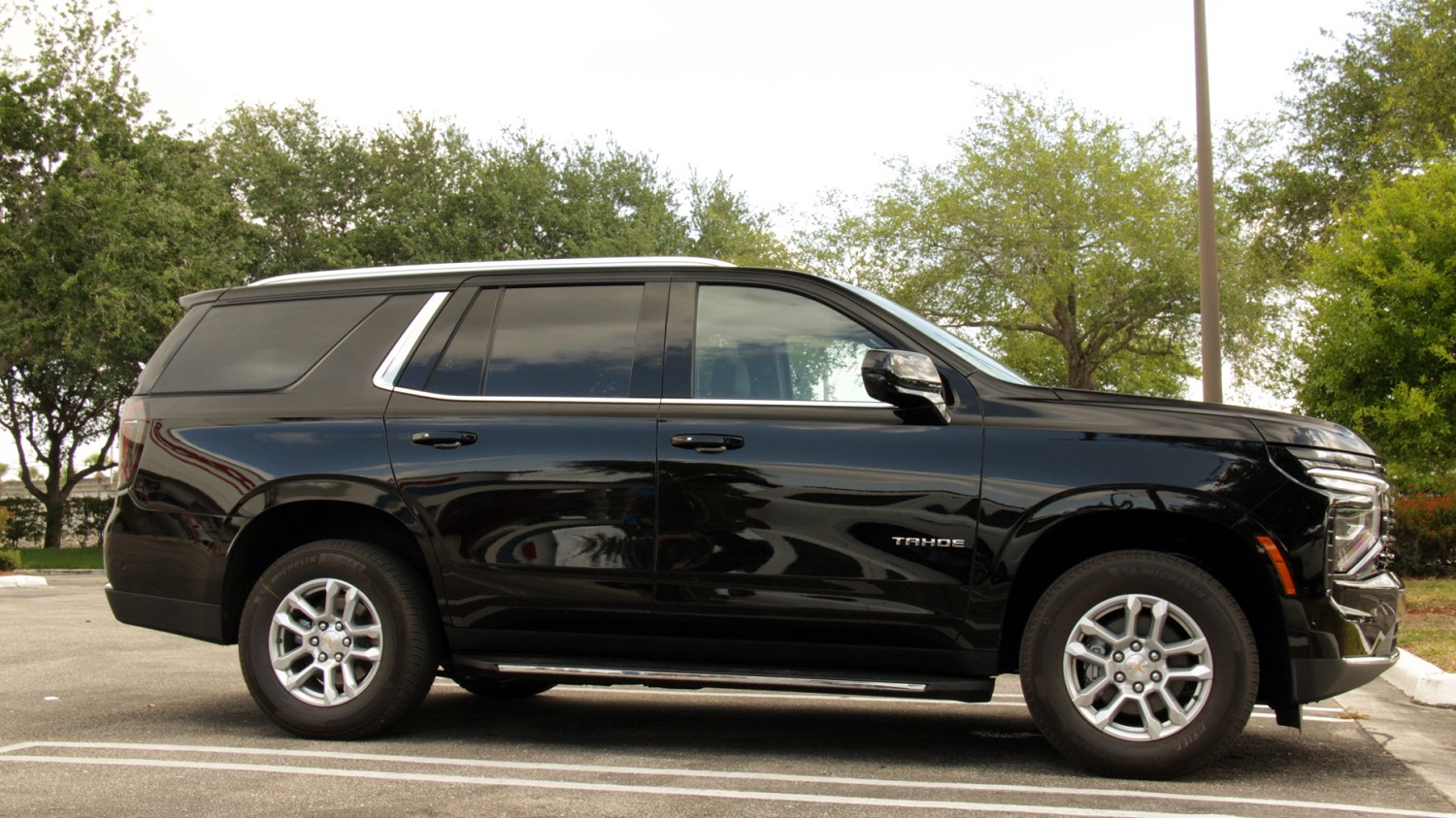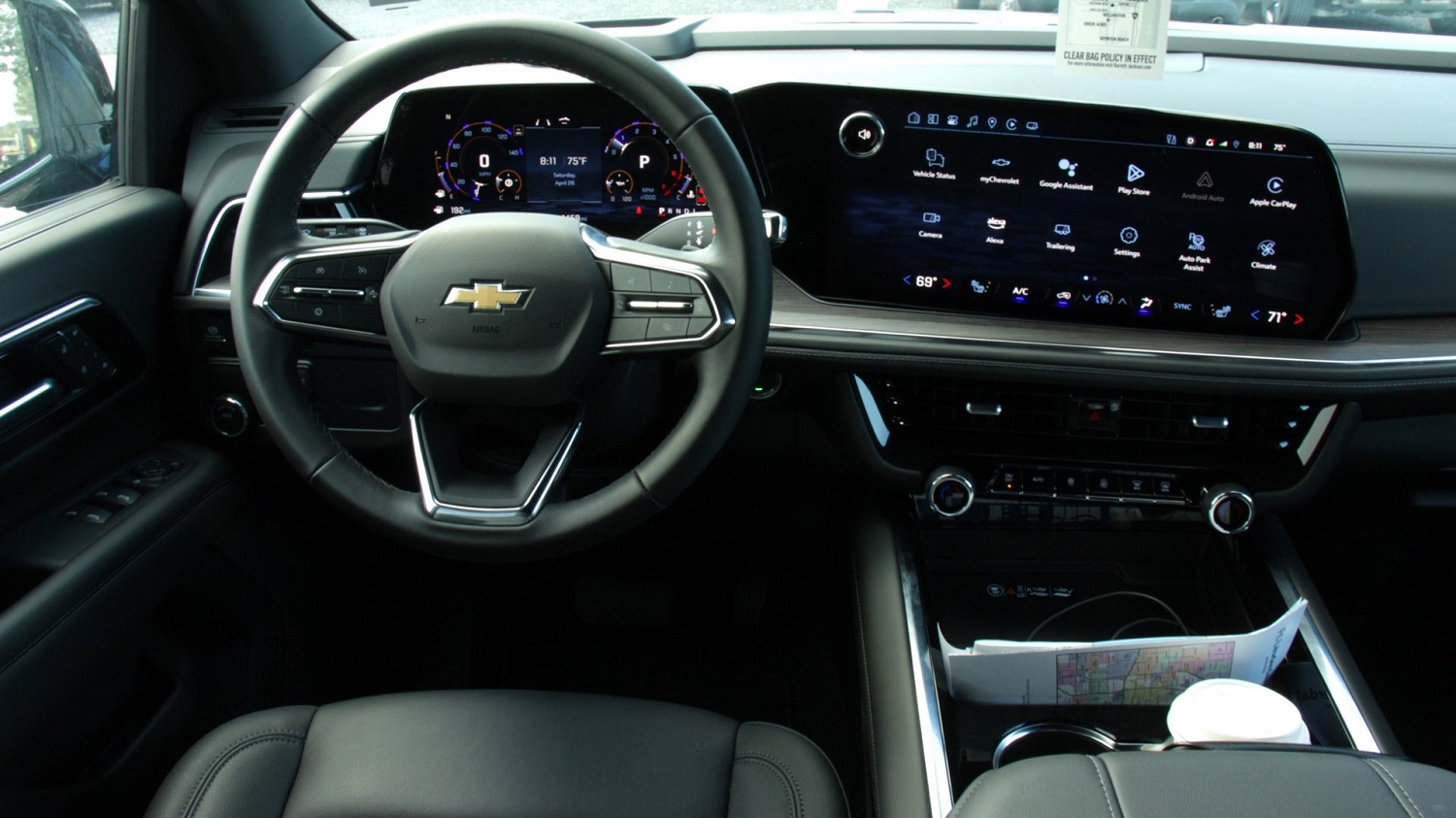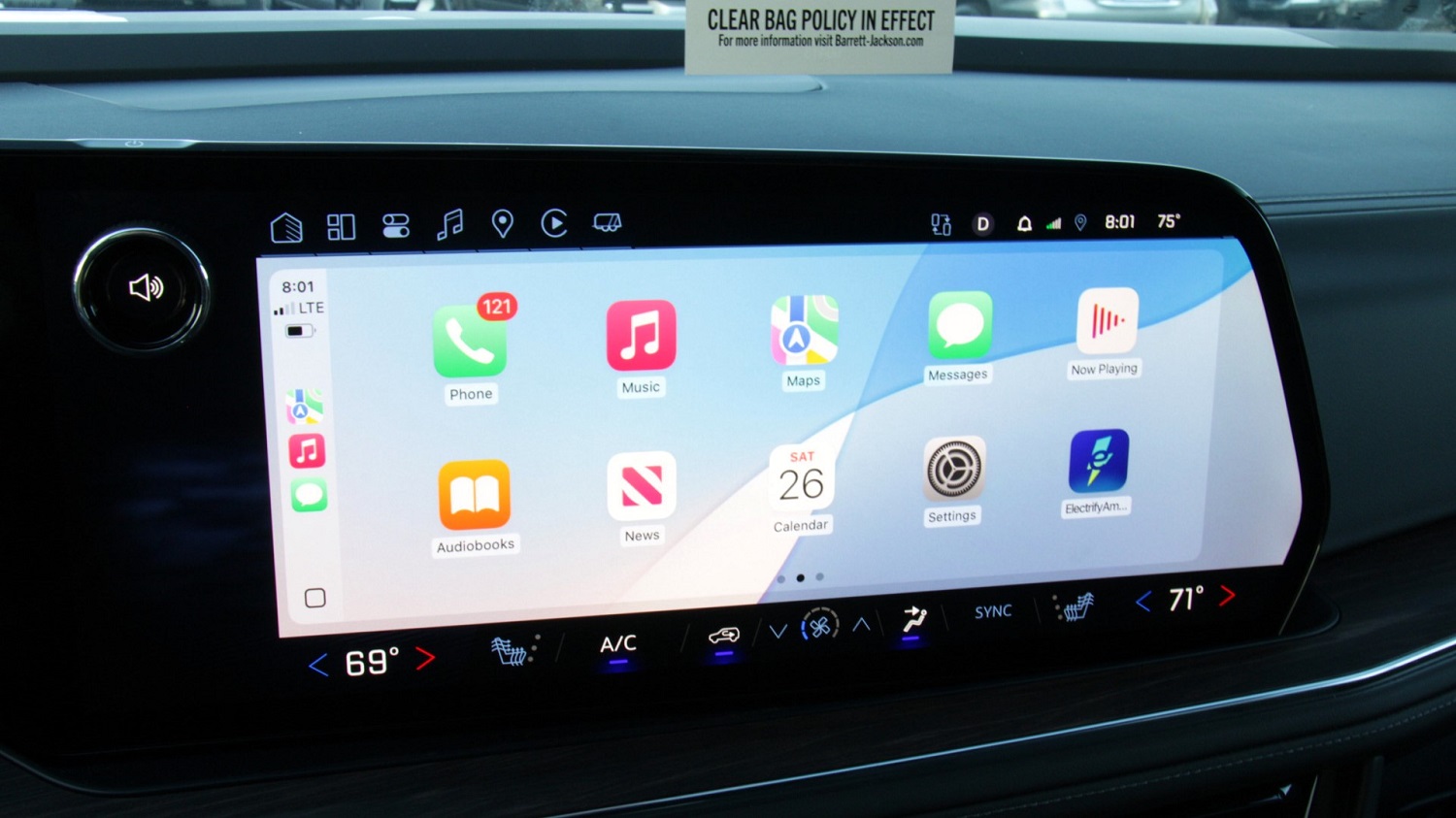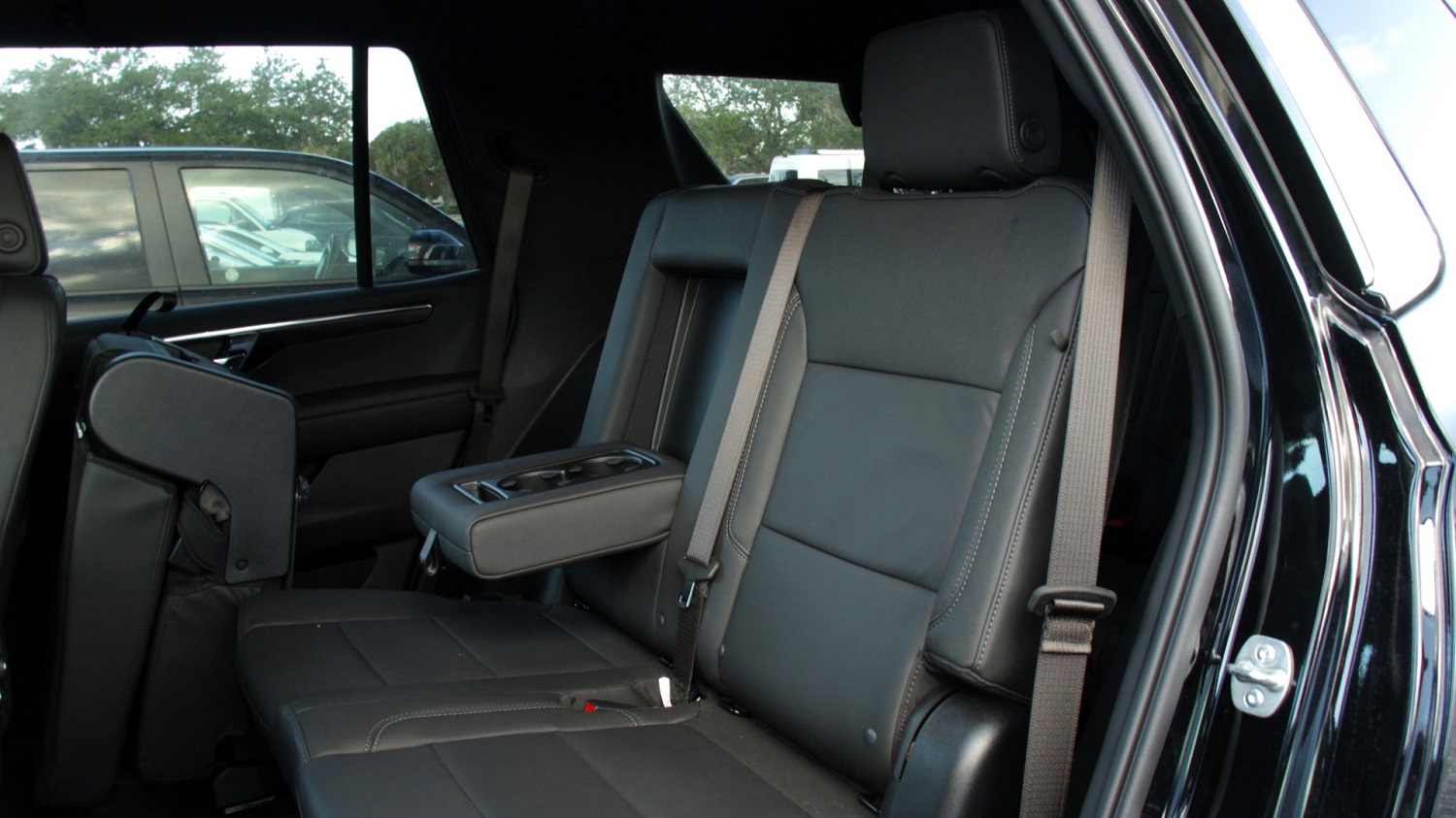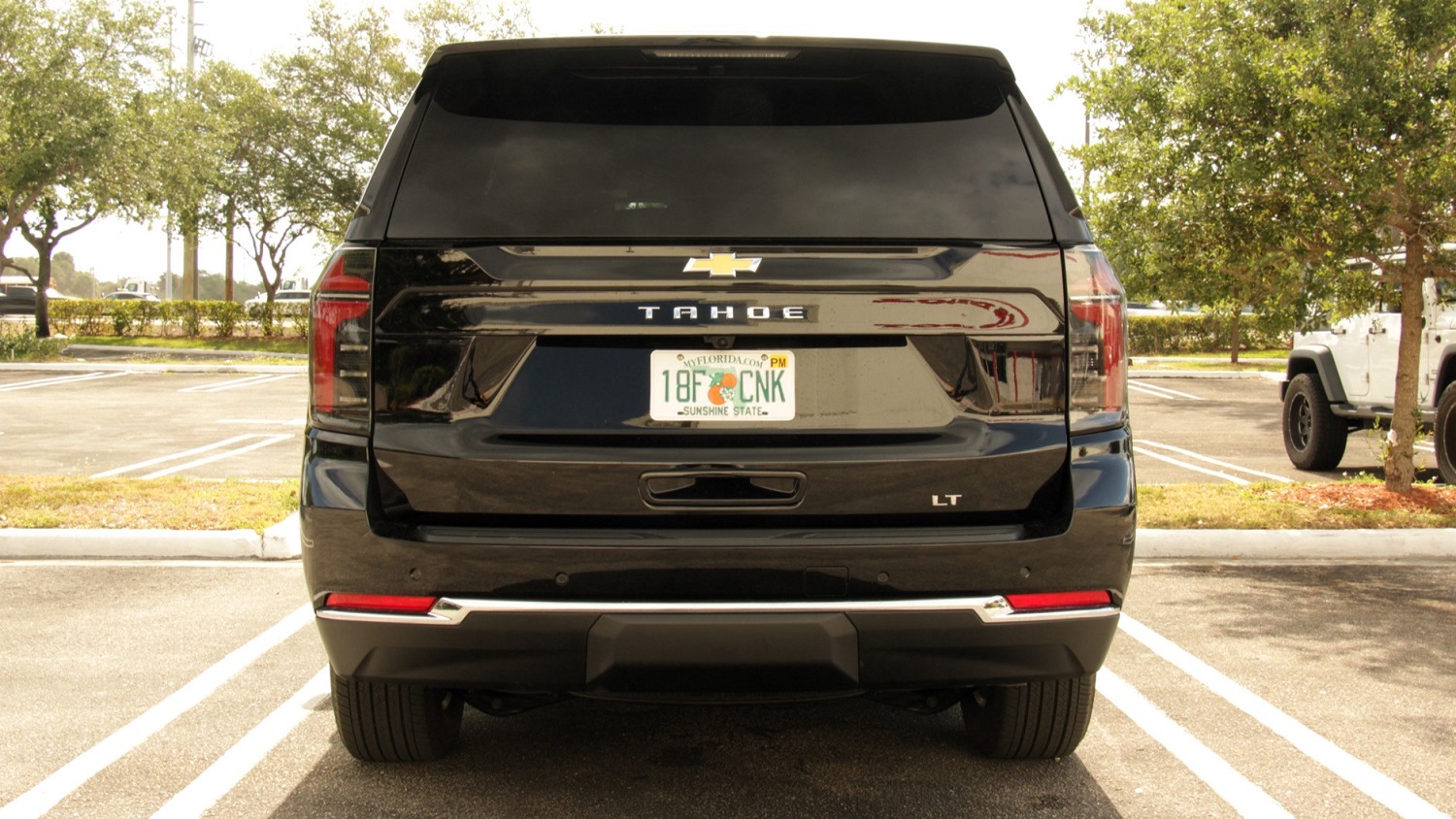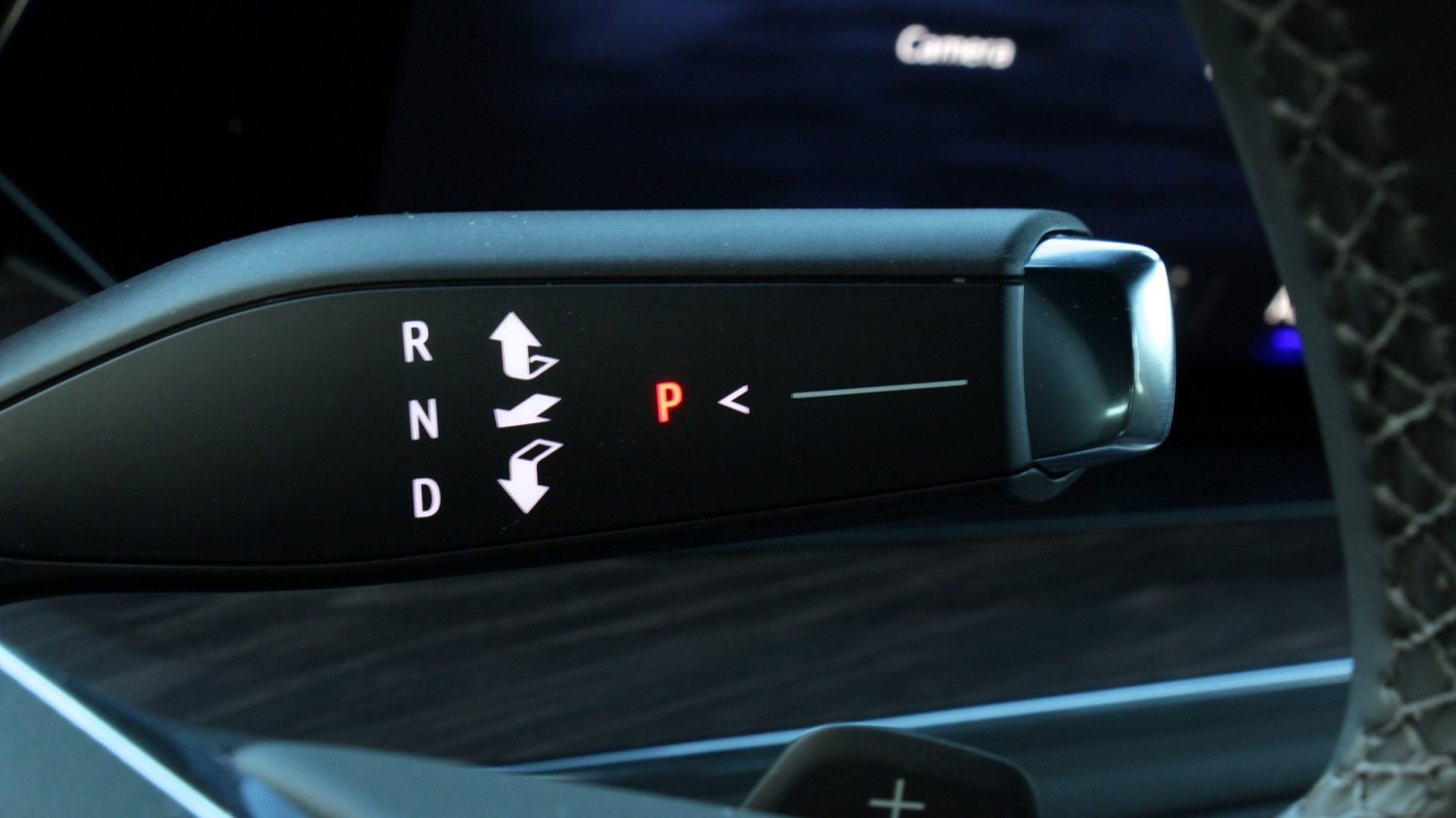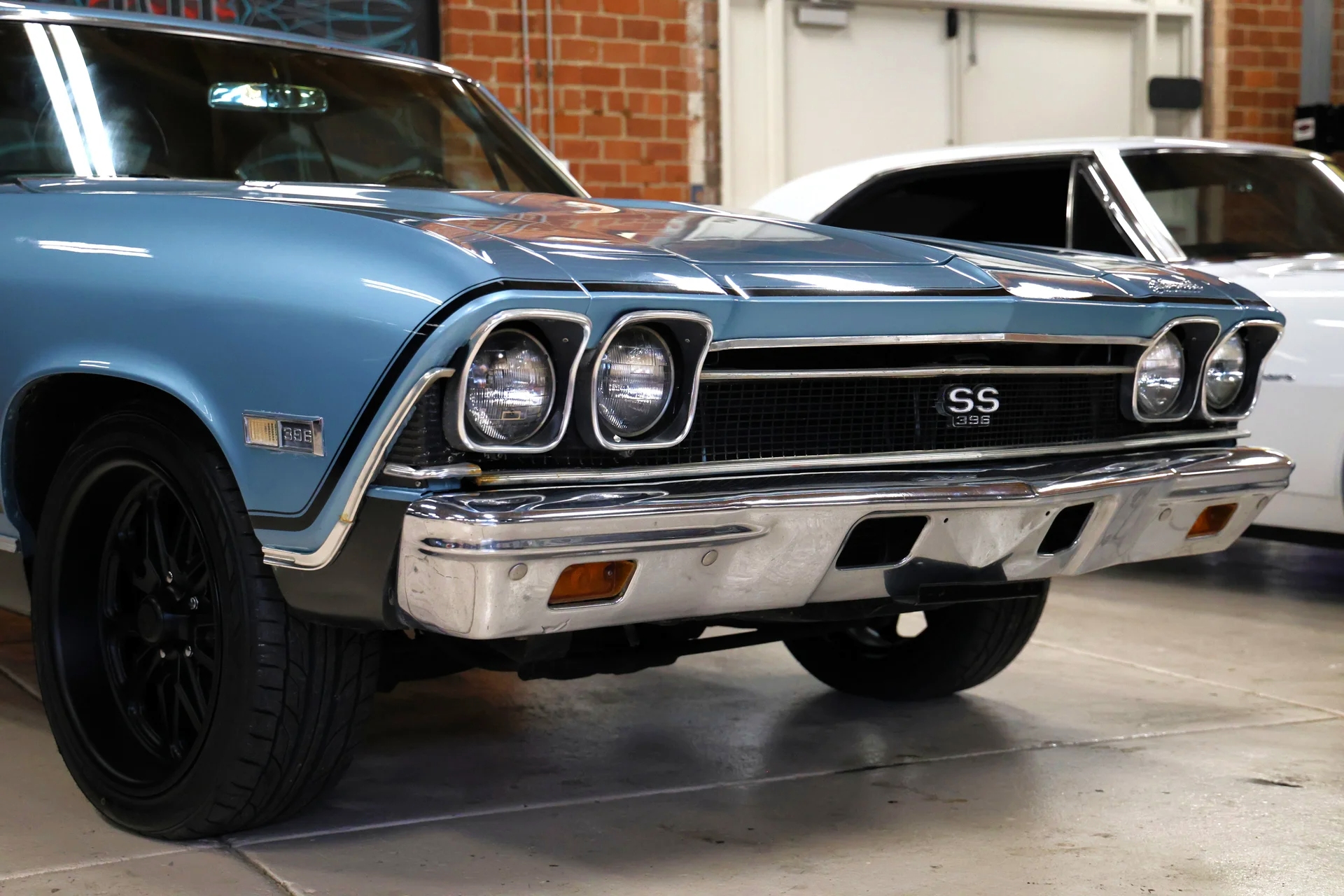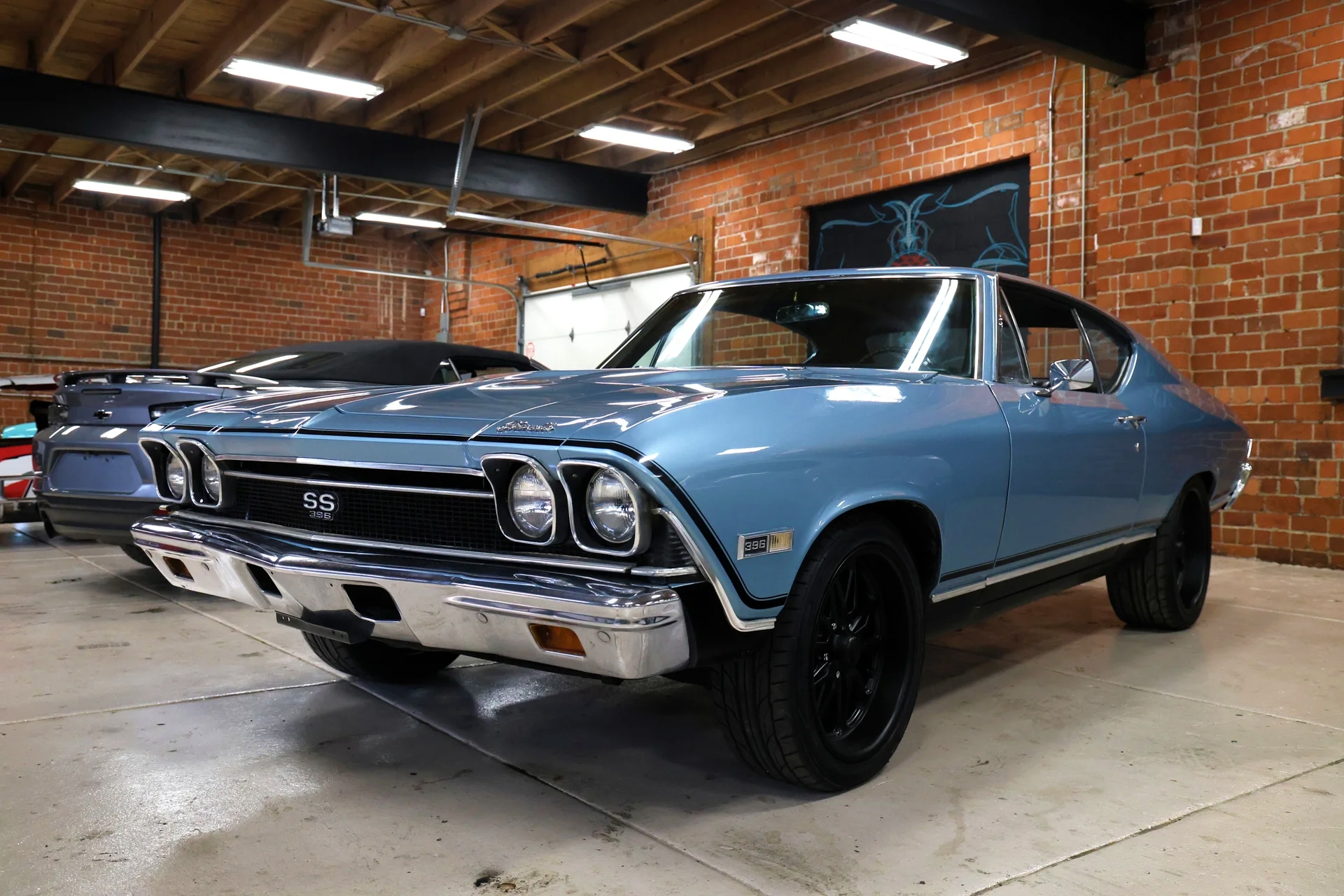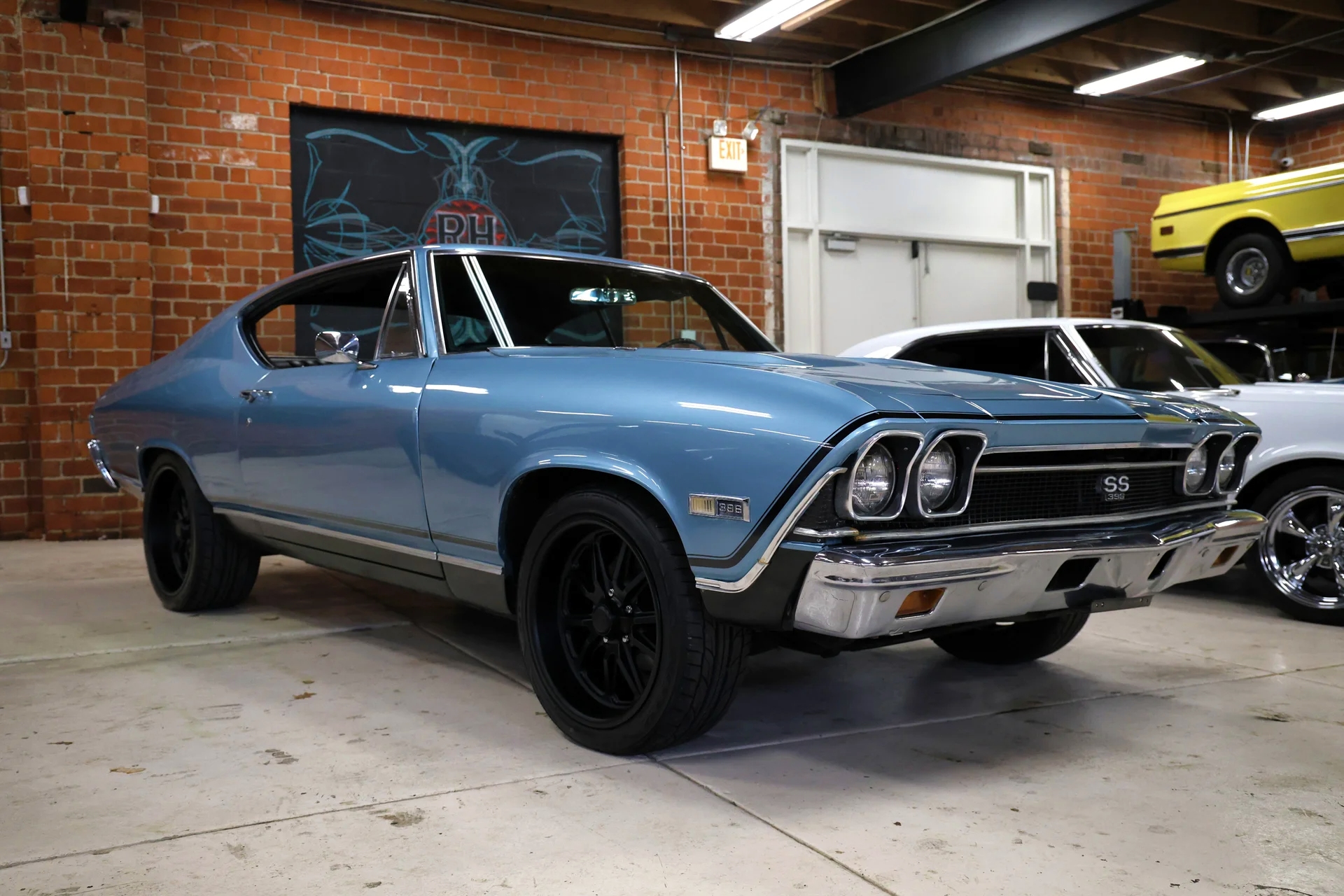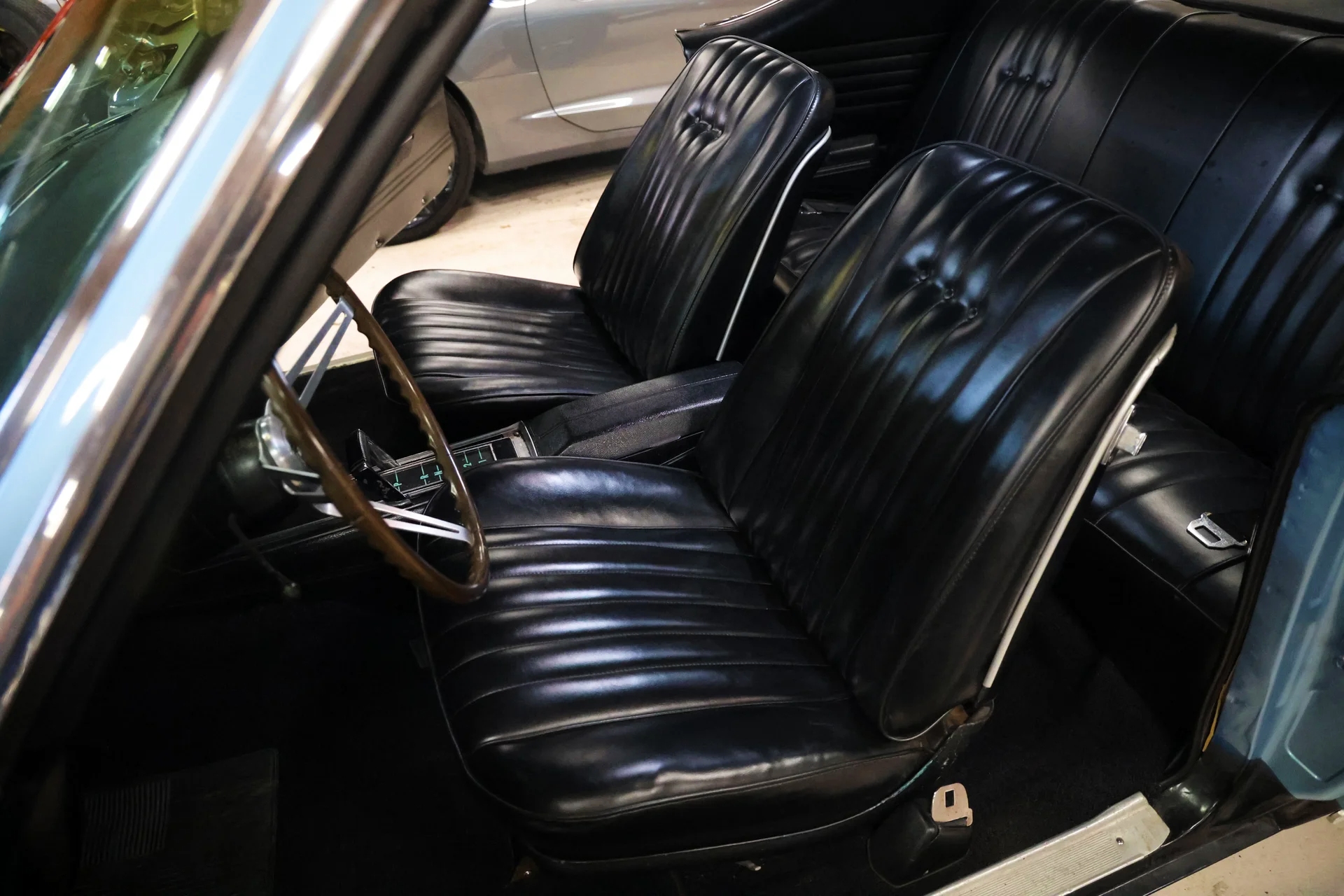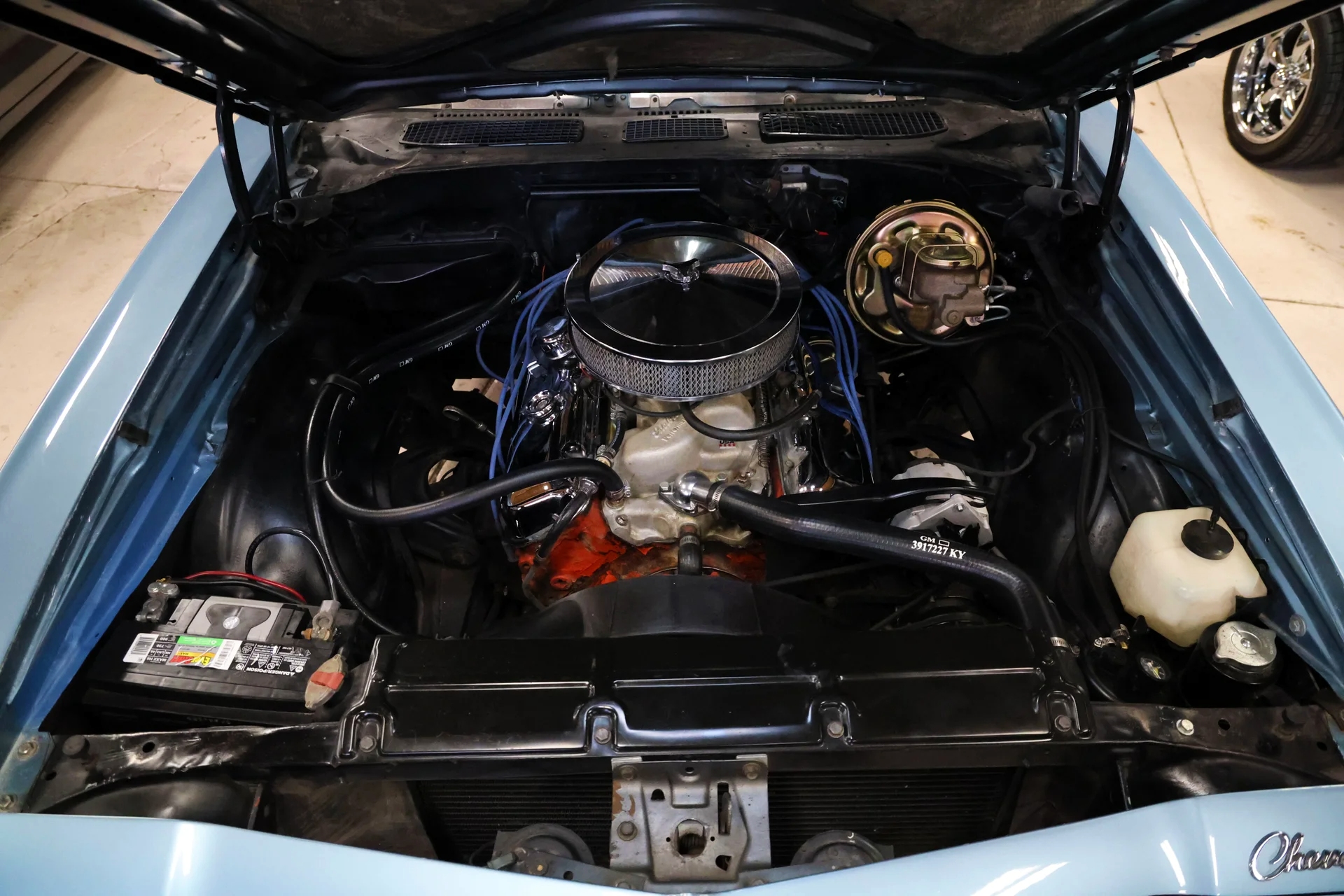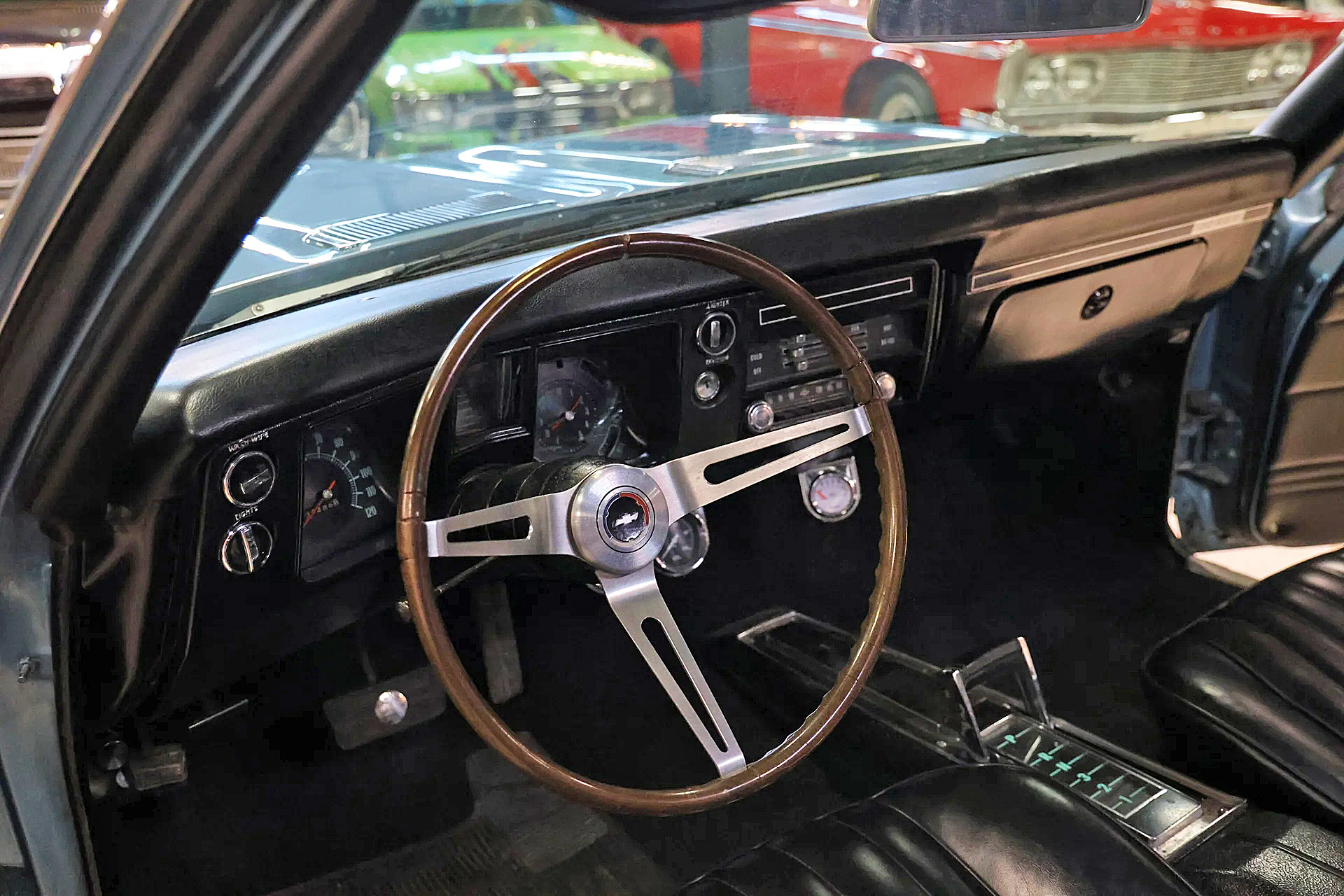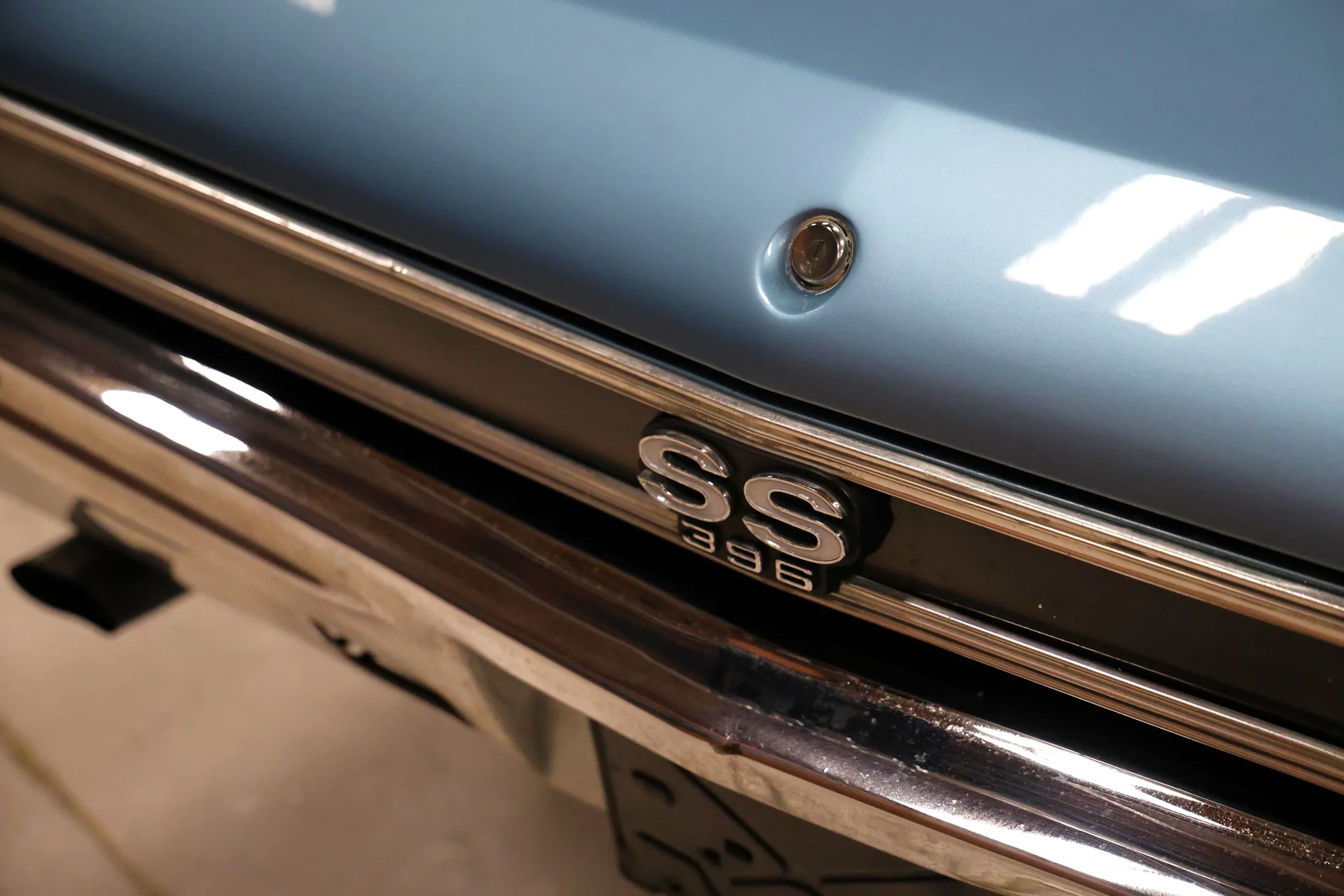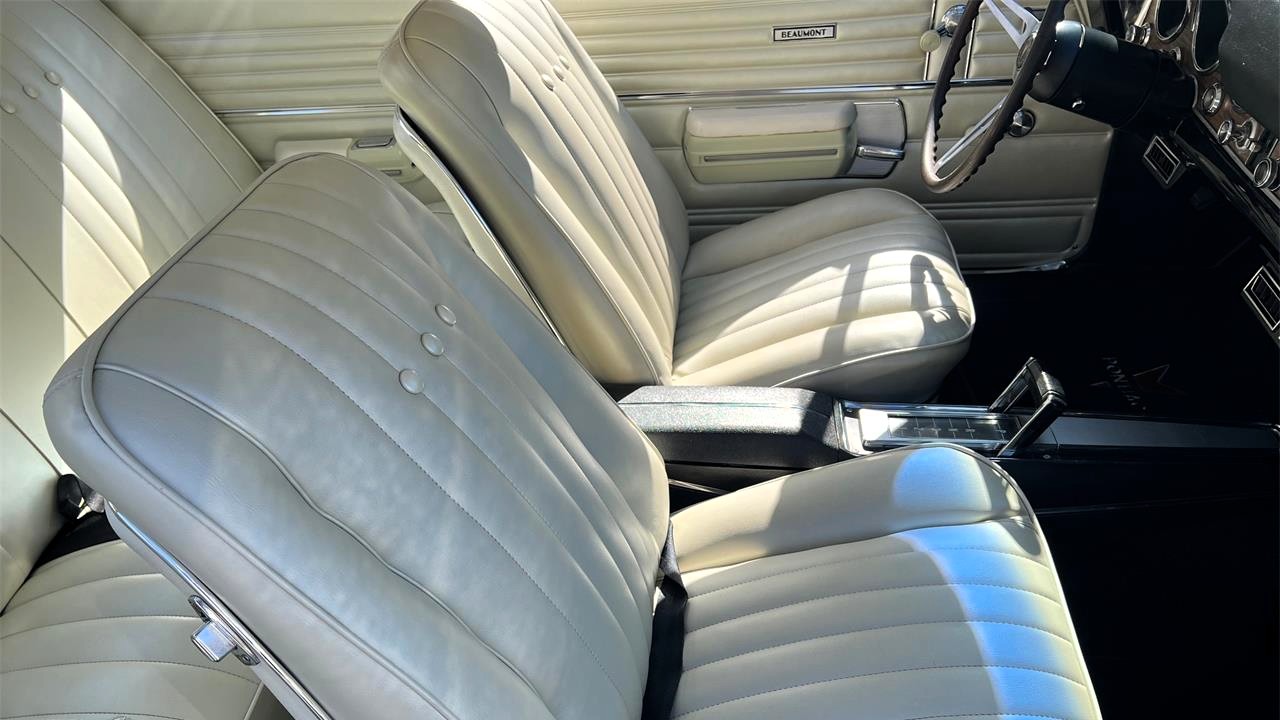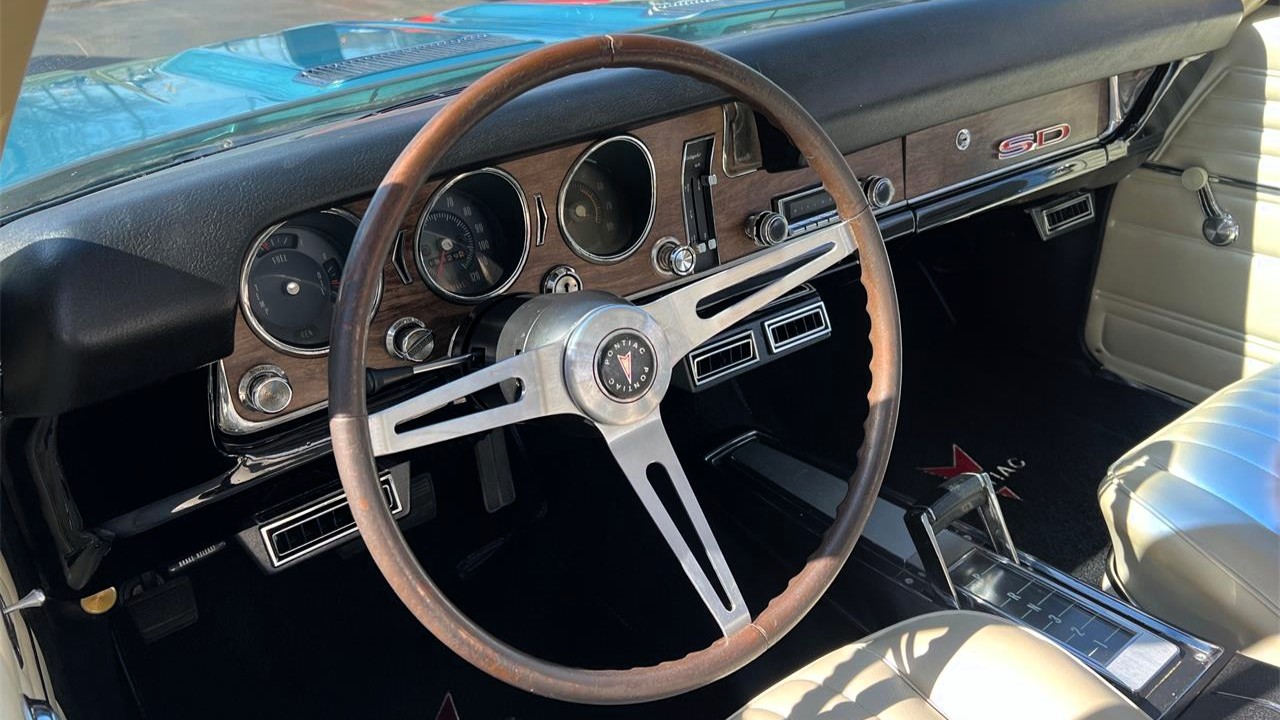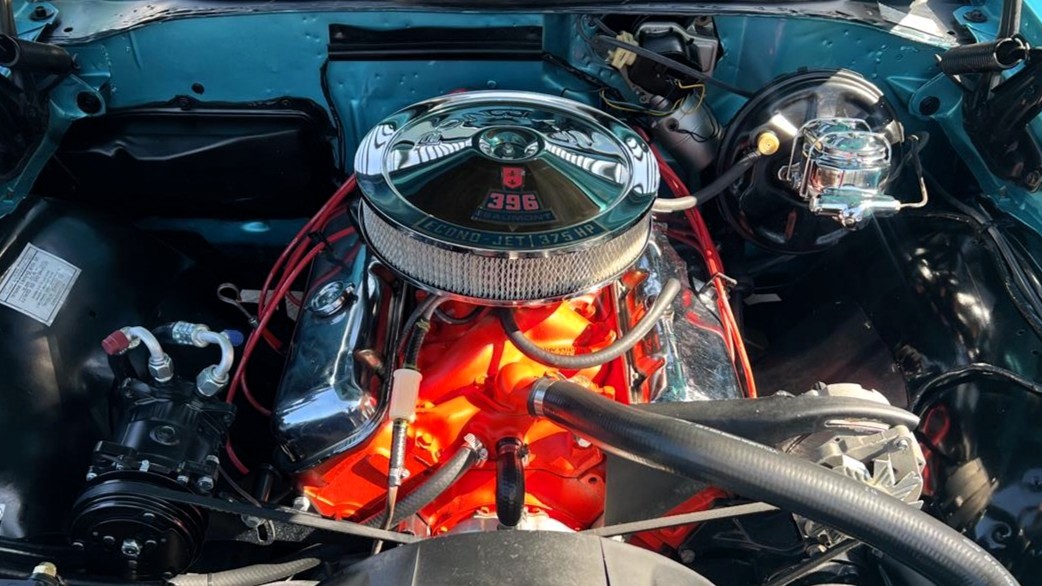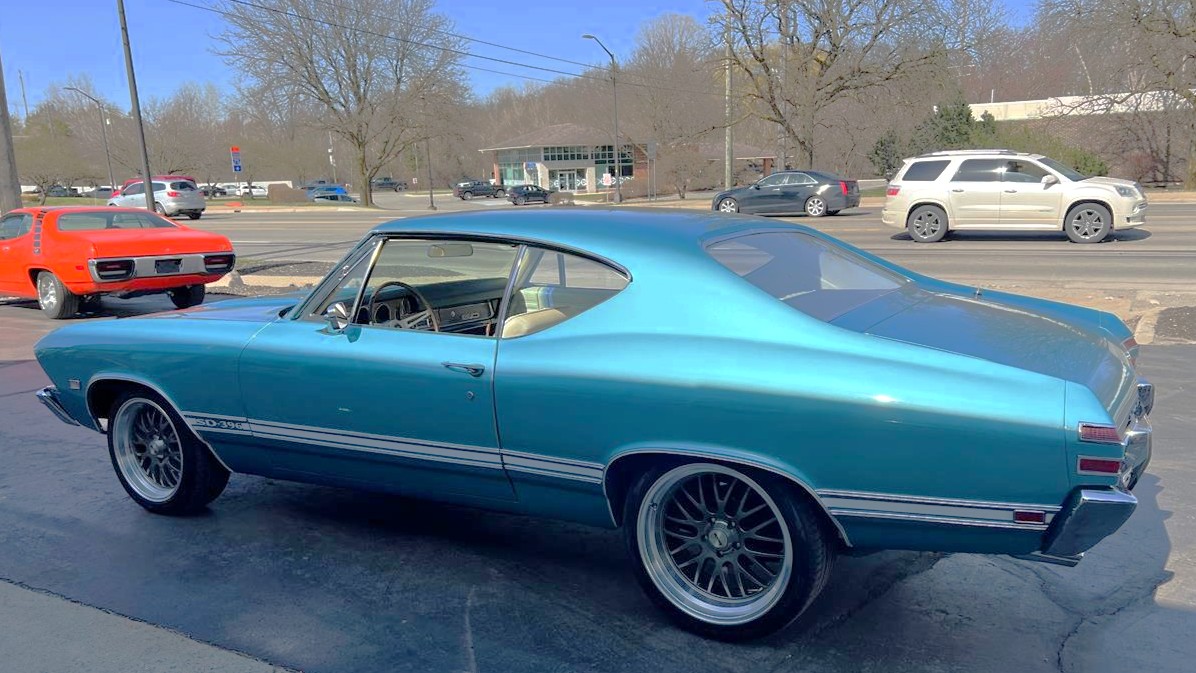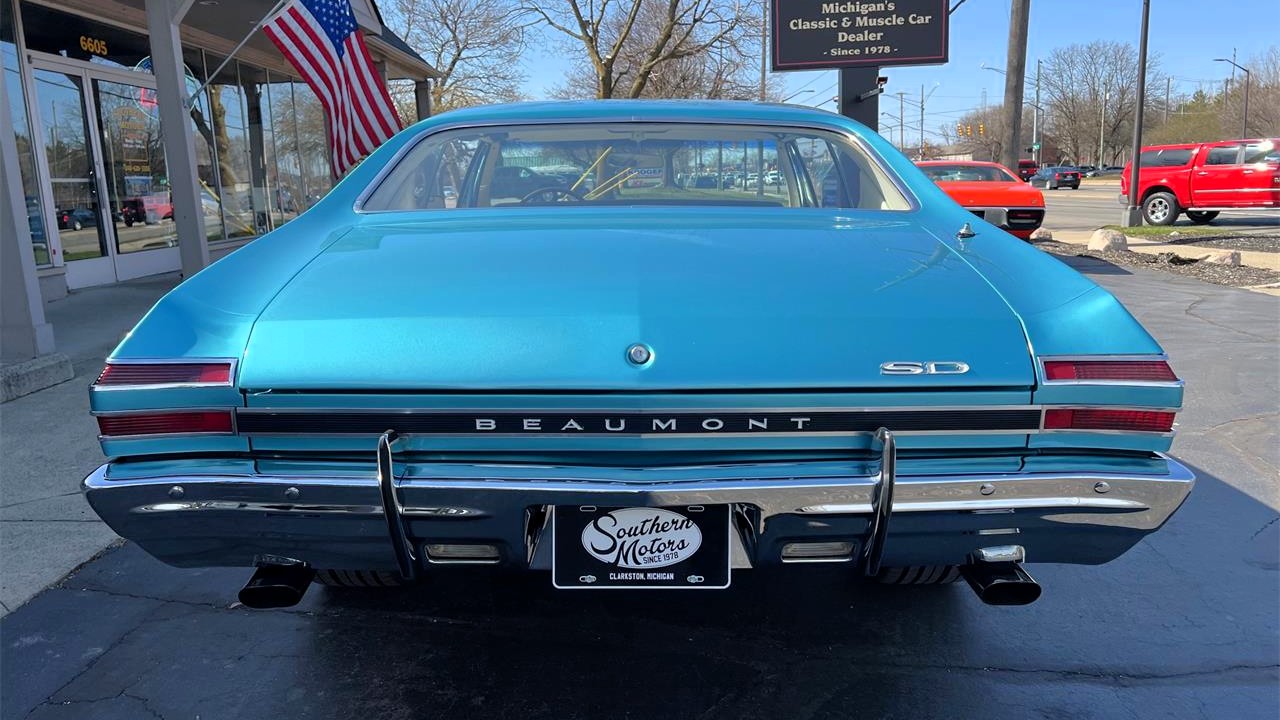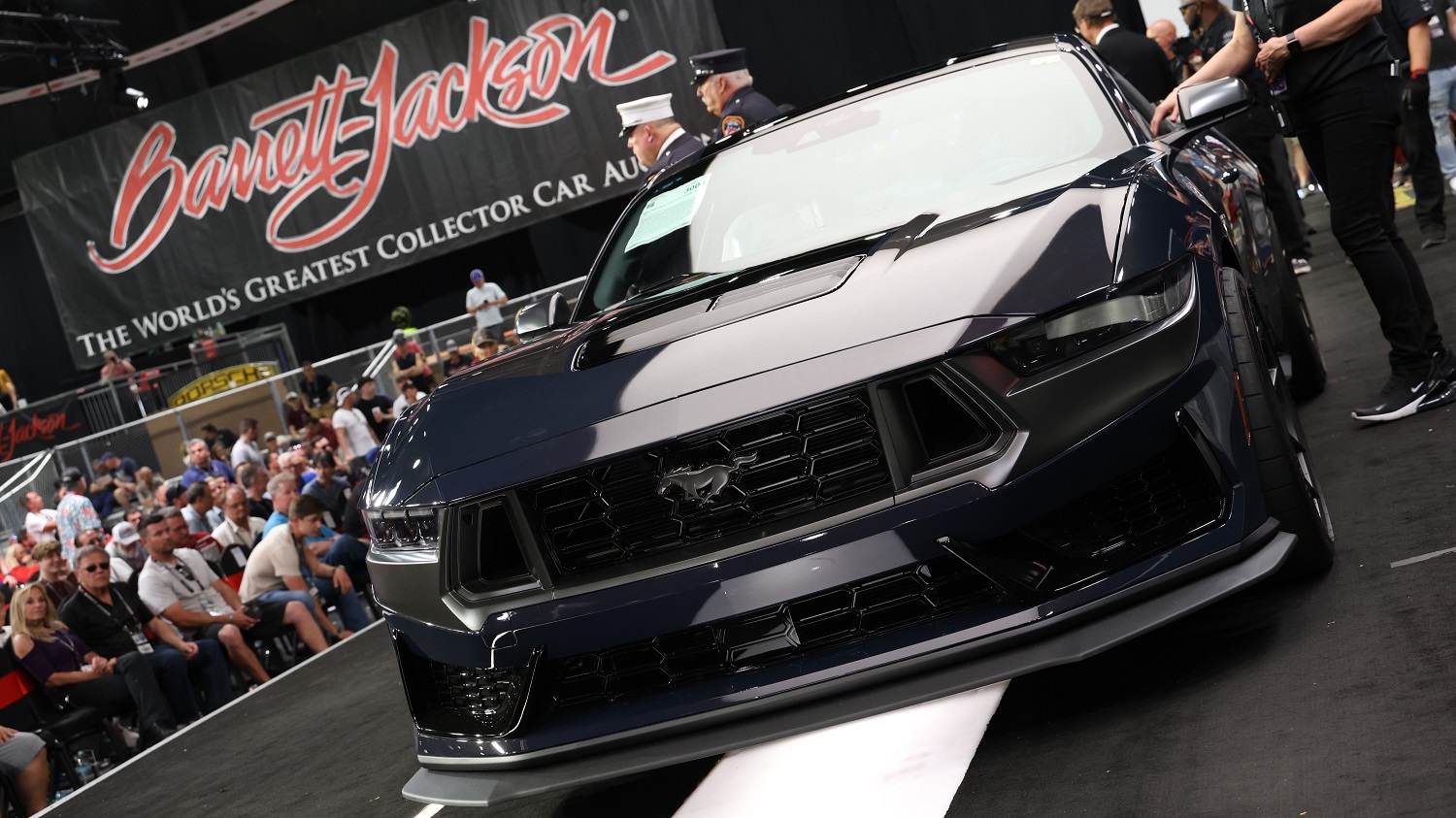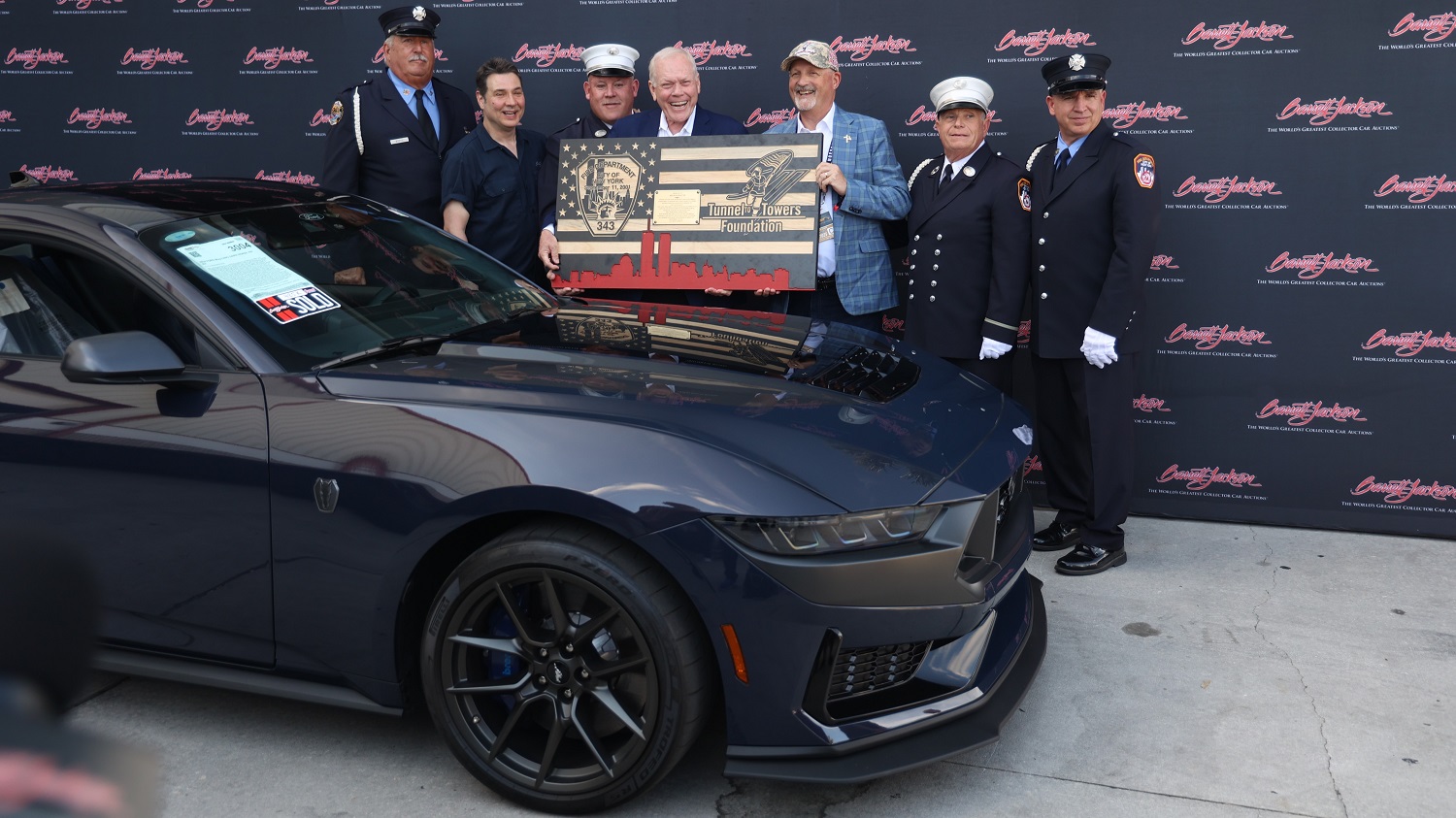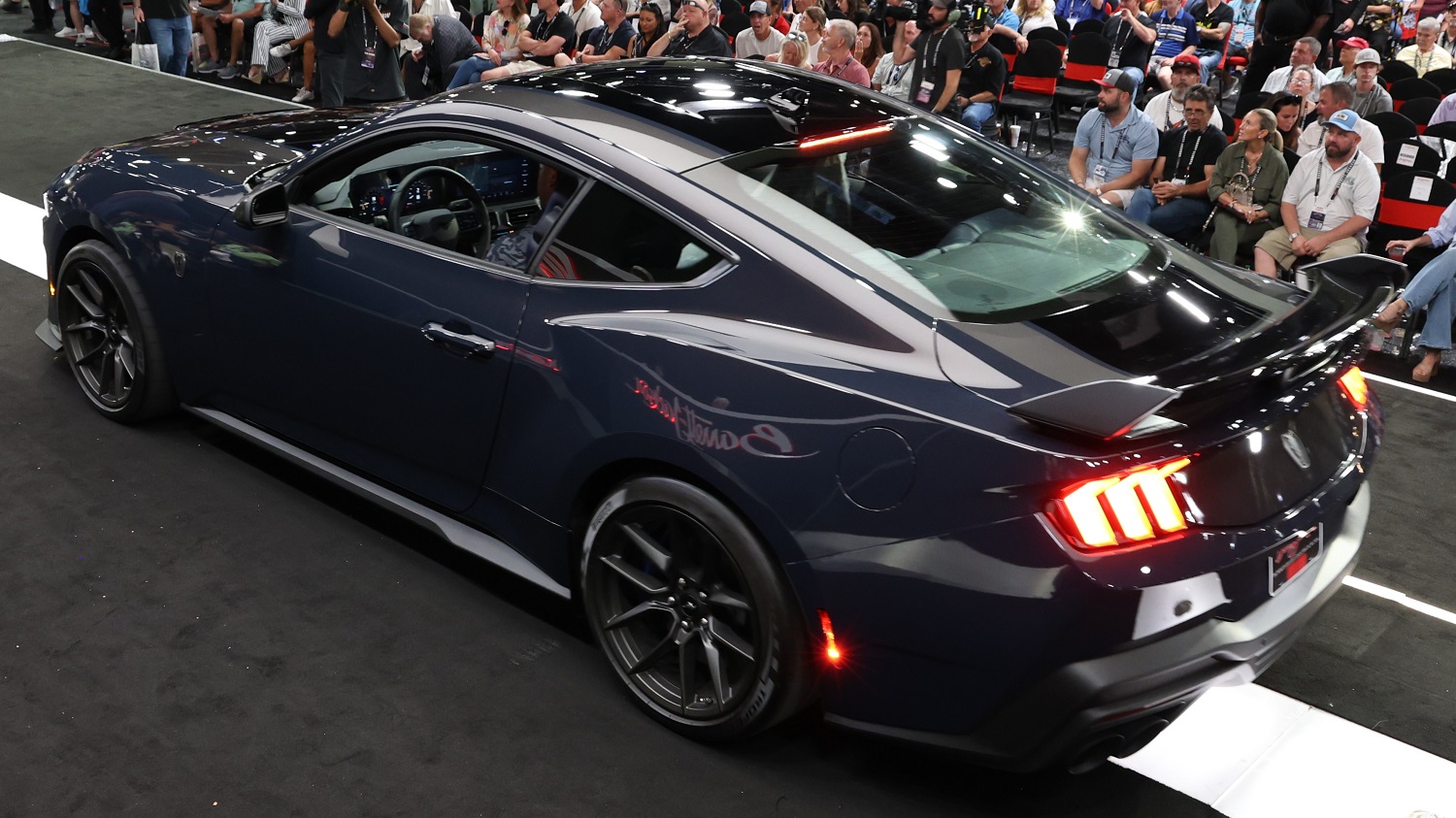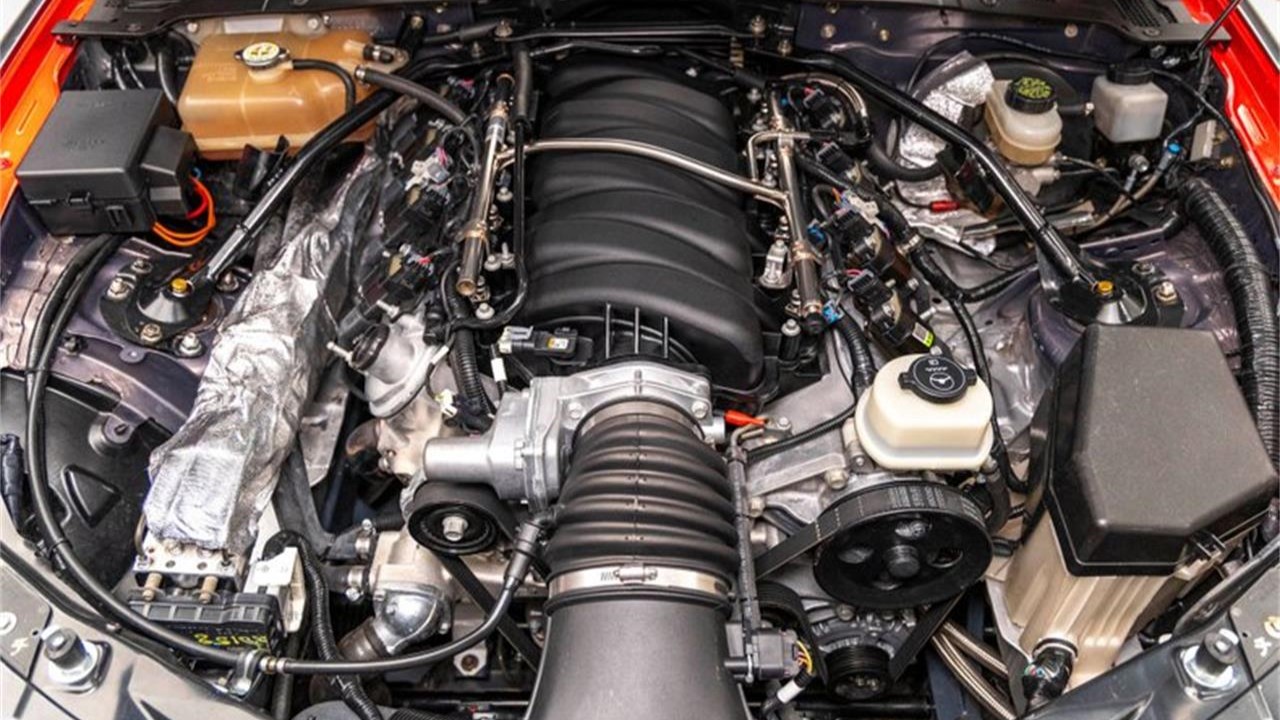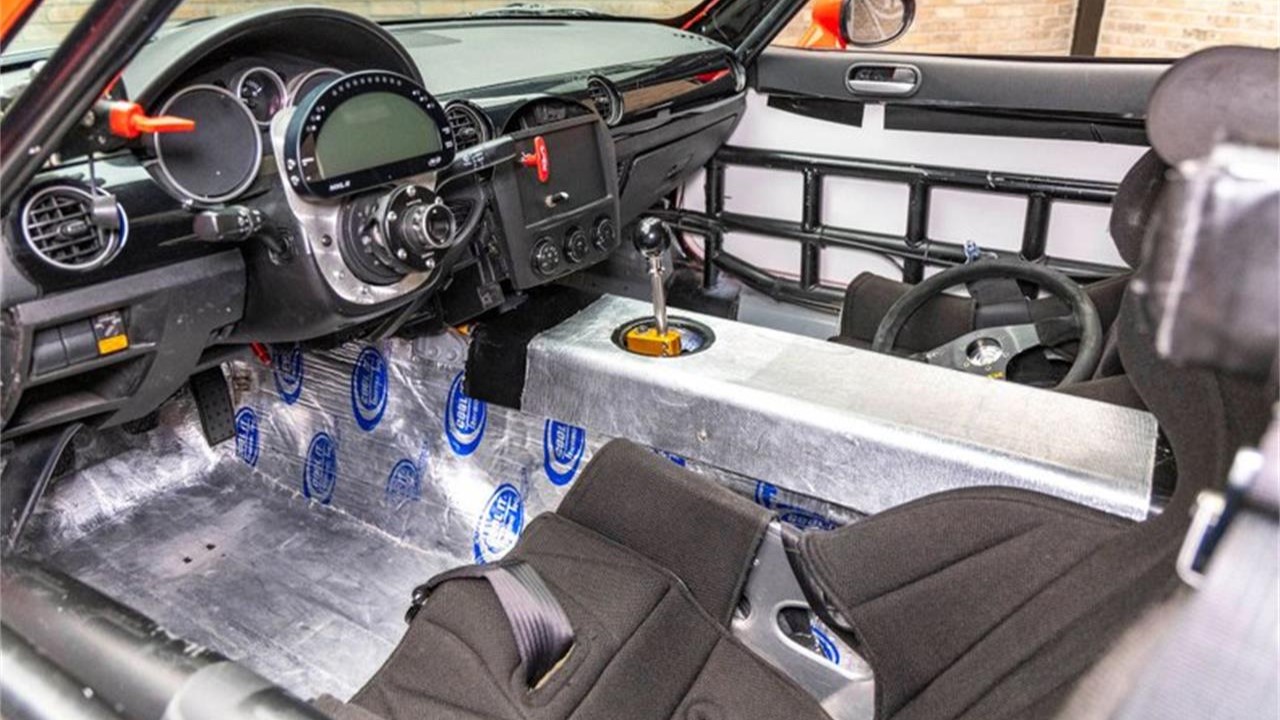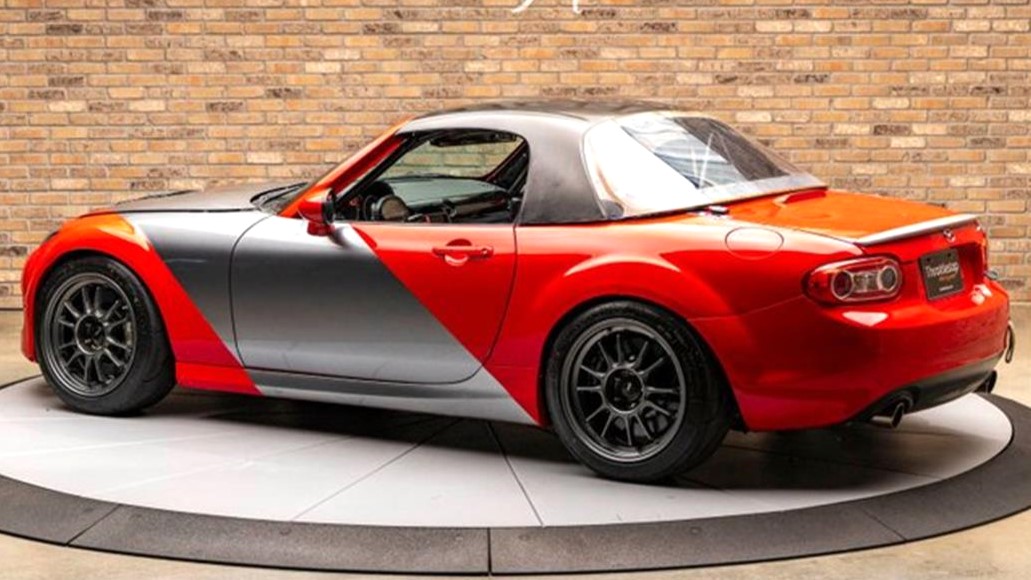Carroll Shelby was undeniably one of the biggest names in the American performance car scene and, throughout his career, connected with several major car companies. Everybody knows Shelby’s name is associated with another Detroit legend—the Ford Mustang. However, Shelby’s talent and relentless quest for performance produced numerous fantastic machines that were not based on Ford’s venerable Mustang. So, let’s see what they are.
1. Scaglietti Corvette
It is less known that Scaglietti produced three Corvettes in 1959 for Texan millionaire and car enthusiast Gary Laughlin. Jim Hall and Carroll Shelby, both notable racing drivers and constructors from Texas, saw the potential in the 1959 Corvette’s engine and power.
Although the Corvette had a light fiberglass body, two constructors wanted better aerodynamics, a longer nose, and more luxurious appointments, so they contacted Scaglietti with the request to design and produce a bespoke body on the ’59 Vette chassis. Scaglietti delivered three cars in different colors but with exquisite designs that looked more like a Ferrari than a Corvette. There were plans for regular production, but after careful consideration and cost projection, they were abandoned.
2. Shelby Cobra 289
In 1962, Shelby heard that AC Cars from England was planning to shut down the production of their Ace sports roadster since Bristol engines were no longer available. In just a few days, he got several engineless bodies on a transport ship to his Venice Beach shop, where Ford’s 260 V8 engines were waiting to be installed in new bodies. The small but powerful American V8 in a light and nimble body proved to be a match made in heaven.
The small V8 roadster proved extremely capable and dominated the GT class. Ford’s V8 was a durable and reliable unit, and Shelby’s knowledge and racing know-how were crucial in setting the car right for different tracks. Also, Shelby sold factory-prepared “Competition” Cobras to private teams, and numerous amateur racers enjoyed success with this fierce car.
3. Sunbeam Tiger
In 1959, Sunbeam presented the Alpine, a very nice-looking roadster with dependable and conventional mechanicals and small 1.5—or 1.7-liter four cylinders. However, the company soon realized it needed more than four cylinders to compete in the sports car market. So, they called Carroll Shelby and asked him to turn the docile Alpine into a performance car.
Shelby designed the Sunbeam Tiger as a muscle car version of the Alpine, installing a Ford 260 and later 289 V8 engine and redesigning the suspension and steering. It was the first British roadster with a proper V8 rumble and impressive performance. Finally, Sunbeam had a sports car, and the Tiger was fast and powerful by the day’s standards.
4. Shelby Cobra Daytona Coupe
Shelby noticed the roadster’s body was unsuitable for all tracks and races. Even with the hard top mounted, Cobra lacked top speed due to poor aerodynamics, and on long straights like those at Le Mans, it was slower than the competition. To do that, Shelby needed to modify the Cobra entirely; with the help of his talented team of engineers and hot rodders, he managed to construct a more extended chassis, relocate the suspension, and design a whole new, longer, sleeker, and much more aerodynamically efficient body.
The car was finished just in time for the legendary 1965 racing season and shipped to Europe, where it continued American engineering’s dominance and managed to win the 1965 GT Championship, which was an extraordinary success for Ford, Carroll Shelby, and his team of talented drivers and mechanics.
5. Ford GT40
Truth be told, the Ford GT40 wasn’t Shelby’s project, and he came on board when the GT40 was already designed and engineered. However, Shelby played a crucial part in racing success and legendary 24 Hours of Le Mans wins. Ford used Shelby’s experience as a driver, team leader, and constructor to lead the team of motivated racers who were set to dethrone the mighty Ferrari. Also, Ford thought Shelby owned it since the company backed the Cobra and Mustang project, so it was an offer he couldn’t refuse.
To make the long story short, Ferrari was humiliated exactly four times between 1966 and 1969 when GT 40 won the 24 Hours of Le Mans four times in a row. It was an amazing success and an incredible achievement by a company that had never appeared in Le Mans before the mid-60s. The GT 40 became a legend and a symbol of American race cars dominating the European racing scene, the most significant success of Carroll Shelby and his team.
6. Shelby Lonestar
By the end of the ’60s, Shelby decided to build the successor to the Cobra 289 and Cobra 427 models. But he didn’t settle for a restyled version or an improved old model. Rather than that, he constructed a totally new car with a mid-mounted V8 engine, racing suspension, and performance on a whole new level. Shelby took the modified GT40 platform, along with the engine and transmission, and designed a totally different body that was even a bit lighter than the standard GT40.
The car was initially called Shelby Cobra III. Still, soon after Shelby declared that the prototype had been built in England, Ford executives reacted by stating that they owned the rights to the “Cobra” nameplate, forbidding Carroll to use it. Ford didn’t want to build another Cobra, so Shelby was on his own and renamed it “Lonestar” after his home state of Texas.
7. Dodge Omni GLH
For the better part of the ’70s, Shelby avoided the automotive business. The muscle car era was gone, Ford closed its racing program, and it looked like Carroll was out of work. He concentrated on some other ventures, including his famous Chili products. However, when his old pal from Ford, Lee Iacocca, took over Chrysler, Shelby got invited to return to the performance game under totally new circumstances.
It was called Omni GLH and was a proper hot hatch and one of the best affordable performance models money could buy in those days. Nobody expected that Dodge could produce a hot hatch that could beat the European competitors, but with Shelby’s help, it did just that. Shelby took the 2.2-liter four-cylinder and added a turbocharger to produce a total output of 175 hp and a 0 to 60 mph time of less than 7 seconds, which was very impressive and highly competitive for the day.
8. Dodge Shelby Charger
L-Body Chargers built in the ’80s were forgettable cars that weren’t especially popular or fast. However, when Carroll Shelby, who was involved with Chrysler in those days, introduced the Shelby Charger, the car finally gained some respect.
Shelby’s recipe was pretty simple. He turbocharged the existing 2.2-liter four-cylinder to deliver 175 HP, equipped it with a close-ratio 5-speed manual gearbox, stiffened the suspension, and improved braking. All those changes turned the pretty boring regular Charger into the Shelby Charger, which had some vivid performance and could outrun most production muscle cars of the period.
9. Dodge Viper RT/10
In those days, Chrysler was enjoying strong sales and wanted a model that would celebrate its success and connect it with muscle car roots from the glorious ’60s and early ’70s. The team wanted to build a modern-day Cobra with more power, refinement, and performance and show that the concept of a light but immensely powerful roadster is still attractive.
The team rushed the car into production so it was ready for 1992 release and pace car duty at the legendary Indianapolis 500 race. Under the hood was an 8.0-liter fully aluminum V10 with 400 HP and 465 lb-ft of torque, which was unheard of at the time and secured Viper’s place as one of the most powerful new models on the market. The design wasn’t much different from the prototypes, and a long hood and short rear end with the necessary roll bar made Viper visually dramatic and fast-looking even when it was parked.
10. Shelby Series 1
The Series 1 was introduced in 1999. It featured a gorgeous roadster body, low silhouette, and design that could be traced back to the mid-’60s. However, everything was brand new under the body, and the car was powered by an Oldsmobile 4.0-liter V8 engine delivering 320 HP. Since the car was light, the performance was great, and 0 to 60 mph times were around 4 seconds, which was fantastic for the late ’90s.
Unfortunately, US regulations regarding car manufacturing forbade Shelby from producing the Series 1 as a regular model, allowing it to be built only as a kit car, which he refused. Due to limited availability and high price, only about 250 examples were made until 2005.
